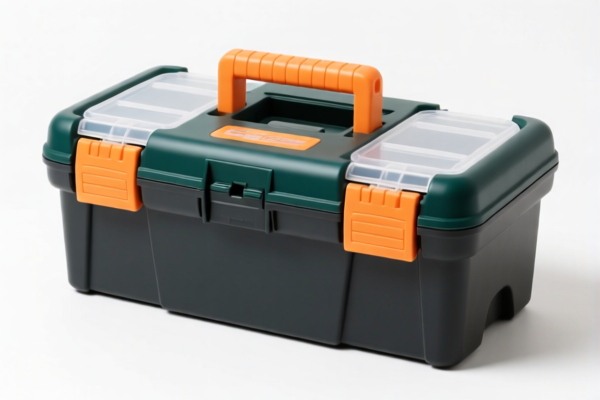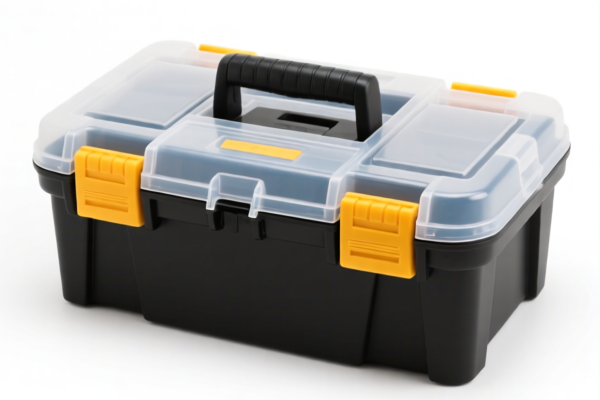| HS Code | Official Doc | Tariff Rate | Origin | Destination | Effective Date |
|---|---|---|---|---|---|
| 3926901000 | Doc | 40.9% | CN | US | 2025-05-12 |
| 3926909910 | Doc | 42.8% | CN | US | 2025-05-12 |
| 3901905501 | Doc | 61.5% | CN | US | 2025-05-12 |
| 3901909000 | Doc | 61.5% | CN | US | 2025-05-12 |
| 8477590100 | Doc | 58.1% | CN | US | 2025-05-12 |
| 8477510090 | Doc | 58.1% | CN | US | 2025-05-12 |
| 8487900080 | Doc | 83.9% | CN | US | 2025-05-12 |




Ball Maker Plastic Tool
A ball maker plastic tool is a device used to create spheres, typically small ones, from plastic materials. These tools are commonly employed in recreational activities, crafts, and certain industrial applications.
Material
These tools are primarily constructed from various types of plastic, including:
- Polypropylene (PP): A common choice due to its durability, flexibility, and resistance to chemicals.
- Polyethylene (PE): Offers good impact resistance and is often used for lower-cost models.
- Acrylonitrile Butadiene Styrene (ABS): Provides a balance of strength, rigidity, and impact resistance.
- Polycarbonate (PC): Used for higher-strength applications requiring greater durability.
Purpose
The primary purpose of a ball maker plastic tool is to efficiently and consistently form plastic into spherical shapes. This eliminates the need for manual shaping, ensuring uniformity in size and roundness.
Function
The tool typically operates through a combination of these mechanisms:
- Injection Molding: Molten plastic is injected into a spherical mold cavity, cooled, and then ejected as a solid sphere.
- Rotational Molding: Plastic powder or liquid is placed inside a mold, which is then rotated biaxially while heated. This causes the plastic to coat the inner surface of the mold, forming a hollow sphere.
- Thermoforming: A sheet of plastic is heated and then formed over a spherical mold using vacuum or pressure.
- Manual Compression: Two or more mold halves are brought together, compressing plastic material into a spherical shape.
Usage Scenarios
- Toy Manufacturing: Production of plastic balls for various toys, such as ball pits, bouncy balls, and construction toys.
- Crafts and Hobbies: Creating decorative spheres for art projects, ornaments, and DIY crafts.
- Packaging: Forming spherical containers for small items, such as ornaments or novelty items.
- Industrial Applications: Producing plastic spheres for use as bearings, floats, or other components in machinery.
- Educational Purposes: Used in schools and workshops to demonstrate molding processes and material properties.
Common Types
- Hand-Operated Ball Makers: Simple, manual tools for creating small plastic spheres, often used for crafts and hobbies. These typically involve compressing plastic material between two mold halves.
- Injection Molding Machines: Automated machines that inject molten plastic into spherical molds, suitable for high-volume production.
- Rotational Molding Machines: Used for creating hollow plastic spheres, often employed for larger balls or containers.
- Vacuum Forming Machines: Used for creating thin-walled plastic spheres from plastic sheets.
- Semi-Automatic Ball Makers: Machines that automate certain aspects of the ball-making process, such as mold loading and ejection.
The declared goods, a plastic tool for making balls, can be classified based on its material (plastic) and function (forming balls). Here are relevant HS codes based on the provided information:
- 3926901000: This HS code covers “Other articles of plastics and articles of other materials of headings 3901 to 3914: Other: Buckets and pails”. While not a direct match, if the tool resembles a bucket or pail in form, this could be considered. The total tax rate is 40.9%, comprised of a 3.4% base tariff, a 7.5% additional tariff, and a 30% additional tariff effective after April 2, 2025.
- 3926909910: This HS code covers “Other articles of plastics and articles of other materials of headings 3901 to 3914: Other: Other Laboratory ware”. If the tool is specifically designed for laboratory use in ball creation, this code may apply. The total tax rate is 42.8%, consisting of a 5.3% base tariff, a 7.5% additional tariff, and a 30% additional tariff effective after April 2, 2025.
- 8477590100: This HS code covers “Machinery for working rubber or plastics or for the manufacture of products from these materials, not specified or included elsewhere in this chapter; parts thereof: Other machinery for molding or otherwise forming: Other”. If the tool is considered machinery for forming plastic balls, this code is applicable. The total tax rate is 58.1%, comprised of a 3.1% base tariff, a 25.0% additional tariff, and a 30% additional tariff effective after April 2, 2025.
According to the provided reference material, the HS code options related to 'ball maker plastic tool' are limited, with only the following 3 found.
It is important to note that the additional tariff of 30% will be effective after April 2, 2025, for HS codes 3926901000, 3926909910 and 8477590100.
Customer Reviews
No reviews yet.